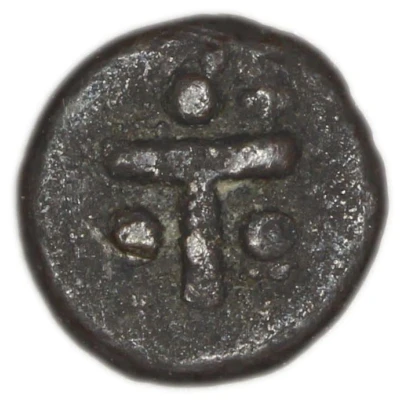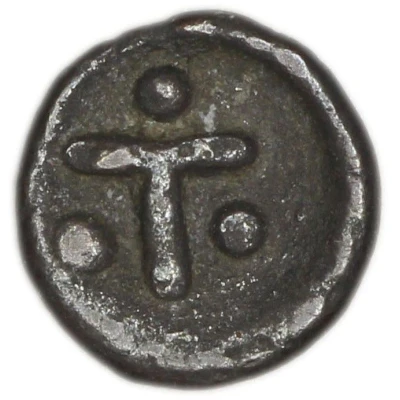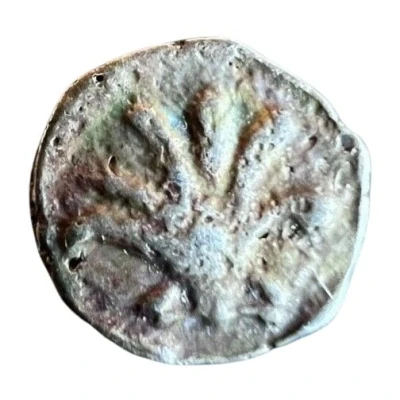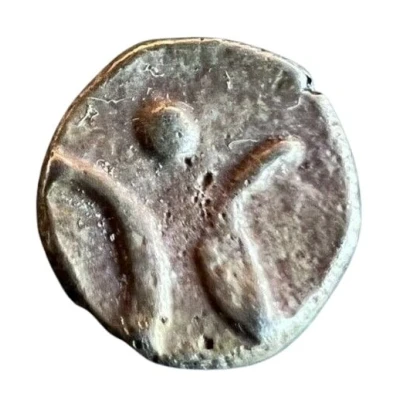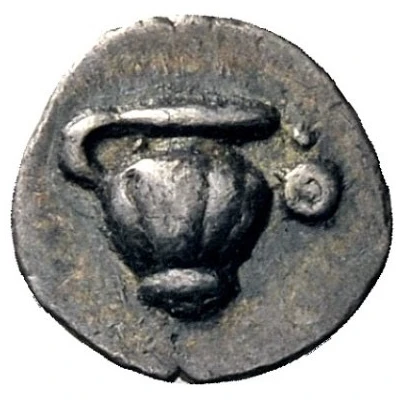
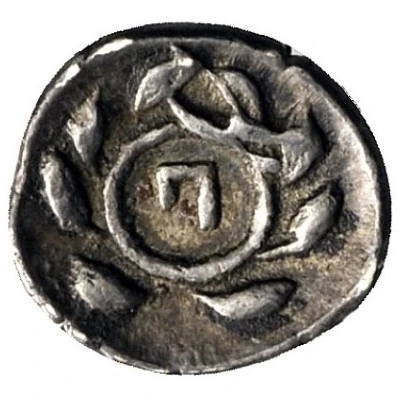

© Nomos AG
Hemiobol 450 BC - 380 BC
| Silver | 0.26 g | 7.0 mm |
| Issuer | Tarentum (Calabria) |
|---|---|
| Type | Standard circulation coin |
| Years | 450 BC - 380 BC |
| Value | Hemiobol (1⁄12) |
| Currency | Campanian (Italic-Achaean) drachm |
| Composition | Silver |
| Weight | 0.26 g |
| Diameter | 7.0 mm |
| Shape | Round (irregular) |
| Technique | Hammered |
| Demonetized | Yes |
| Updated | 2024-10-09 |
| Numista | N#185388 |
|---|---|
| Rarity index | 100% |
Reverse
Retrograde pi within olive wreath
Script: Greek (retrograde)
Lettering: Π
Interesting fact
The Hemiobol coin was used as a form of currency in the ancient Greek city of Tarentum, which is now located in Calabria, Italy. The coin's design features the image of a dolphin, which was a symbol of the city and represented its maritime culture and trading history. The dolphin was also associated with the Greek god Poseidon, who was revered as the protector of the sea and the harbor. The coin's silver content and small weight made it a practical and valuable form of currency for everyday transactions in the ancient city.
